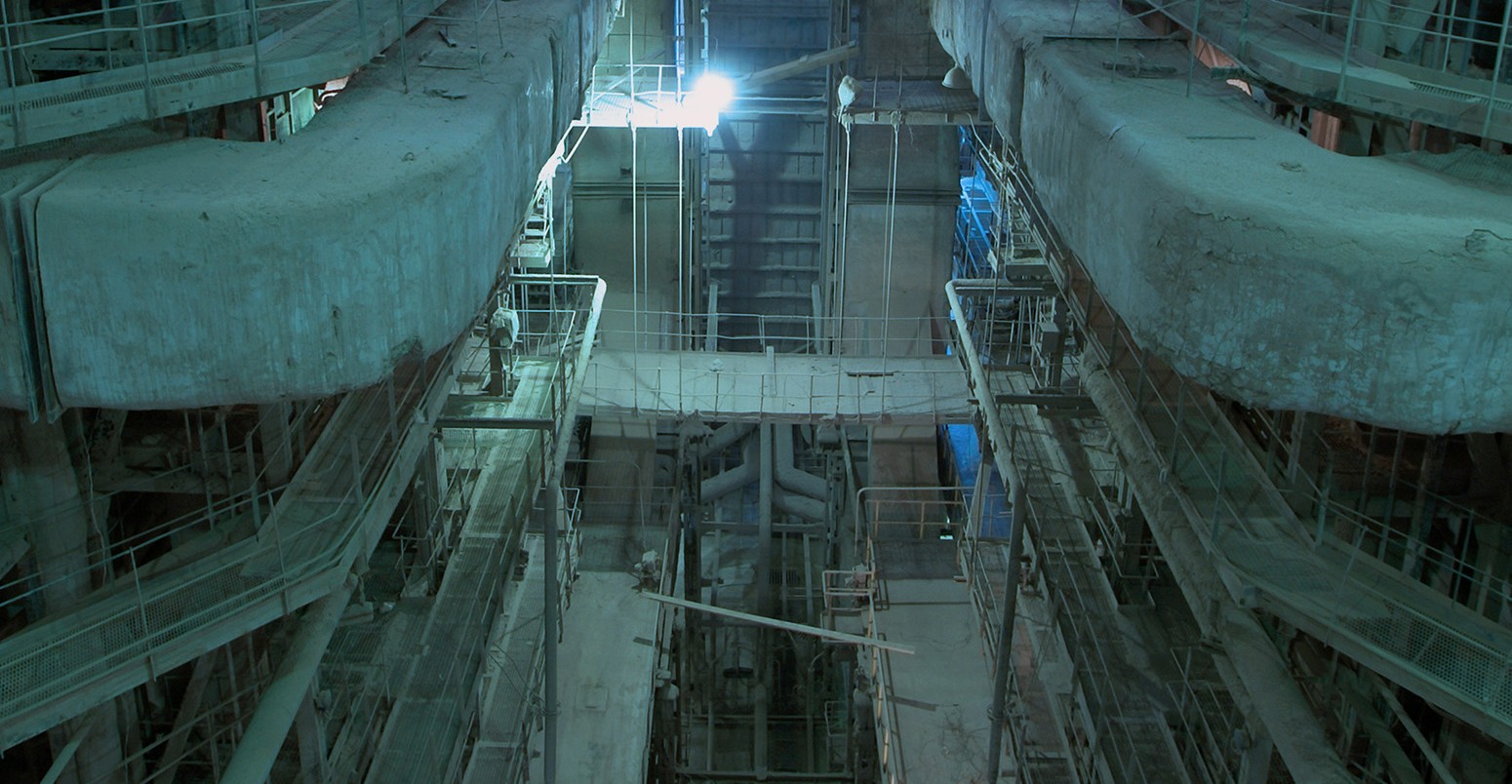
Old coal and gas plants won largest share of capacity market, final results confirm
Simon Evans
01.05.15Simon Evans
05.01.2015 | 4:15pmAn auction designed to ensure security of electricity supplies in winter 2018/19 will mainly benefit existing nuclear, gas and coal-fired power stations, final results published on Friday confirm.
Some 49 gigawatts of generating capacity secured contracts under the new capacity market. They will be paid £19.40 per kilowatt in return for promising to be available during periods of peak demand in winter 2018/19 at a total cost of nearly £1 billion. Average households will pay £11 each with business and industry picking up the remainder.
We took at look at the preliminary results back in December.
Final results
The final results were announced on 2 January and include a detailed spreadsheet listing all the plants that participated, those that secured contracts and the contract lengths. The key outcomes will be of wide interest because the UK’s is the EU’s first, but almost certainly not the last, capacity market. Poland and Germany are among those considering similar policies.
First, the vast majority of contracts were for a single year and went to existing capacity. (We’ve got the breakdown below.) This raises the obvious question of whether the capacity market was actually needed to ensure these plants stayed open.
Second, only a single large new power station won a contract. This is the 1,656 megawatt gas-fired plant at Trafford in Manchester. The government trailed the capacity market primarily as a way to incentivise the newbuild gas capacity that it says is needed to back up intermittent renewable electricity supplies.
Third, less than 1 per cent of the capacity secured came from demand-side response firms offering to cut demand when the grid is under strain. These firms have argued a greater role for the demand side would save consumers money and cut carbon.
Biggest winners
The biggest winners in the auction were existing gas plants, with 24 gigawatts securing contracts lasting one year. Old coal capacity totalling 8.9 gigawatts secured contracts of up to three years in the auction, while 7.9 gigawatts of old nuclear plants won one-year deals.
The graph below shows what types of power plant secured capacity market contracts. The left chart shows the breakdown by capacity, in megawatts. Gas plants (45 per cent, the dark blue chunk) and coal or biomass plants (19 per cent, green) will supply the majority of capacity. Nuclear will supply a further 16 per cent (orange chunk).
The right chart shows how many power plants of each technology type were offered contracts. There were larger numbers of smaller plants such as open-cycle gas turbines (OCGT) even though these will supply a relatively small part of the total capacity.
Source: National Grid
Two coal-fired power stations owned by French firm EDF, West Burton and Cottam, secured three-year capacity contracts that include money for refurbishment or upgrades. If the money was used to install pollution control equipment it could allow the plants to stay open into the 2020s, despite tightening EU air pollution rules. EDF had not responded to a request for comment at time of publication.
Losing coal plants?
A number of large coal plants totalling 4,500 megawatts missed out on contracts, raising questions about their long-term viability. These were Eggborough (1,840 megawatts), West Burton 3 (441 megawatts), Fiddlers Ferry 1 (425 megawatt), Rugeley (902 megawatts), and Ferrybridge (891 megawatts).
None of the plants’ owners were willing to add to statements published in the wake of the auction results, such as this from SSE, owners of Ferrybridge and Fiddlers Ferry and this from GDF, owners of Rugely. The statements emphasise that the plants will remain open this winter and that future decisions depend on “market conditions” and a range of other factors.
Failure to secure contracts will not mean an automatic death sentence. For instance, plants could hope to bid into the capacity market in next year’s auction. They will also look to any potential changes to the government’s carbon price floor, a top-up carbon tax that is due to increase in April but is unpopular and so might be a target of a future government.
Other important factors include the likelihood of falling gas prices in the wake of the plummeting oil price. This would make coal plants relatively less profitable compared to gas-fired generation.
What next?
This first capacity market auction is just the beginning. In December 2015, the government will hold an auction for capacity to be delivered in 2019/2020. Auctions will be repeated each year, four years in advance of delivery.
Smaller top-up auctions will be held one year before delivery. These allow the government to fine-tune the amount of capacity it procures. They are also supposed to give a boost to demand-side response firms with some capacity set aside specifically for them to bid for.
One potential spanner in the works is a legal challenge launched against the capacity market, though the government is confident it will survive this. The scheme is also due to be reviewed annually by regulator Ofgem and after five years by government.
There are plenty of energy commentators lining up to criticise the capacity market. They say it will fail to achieve its ultimate objective of securing supplies, that it will be more expensive than necessary, that it will lock in high-carbon sources of power, or a combination of all three.
The government impact assessment of the capacity market shows it was well aware of some risks from its scheme. It decided they were worth taking to insure against the risk of blackouts, given “limited” impact on consumer bills. The path chosen for other capacity markets across the EU might give some clue as to whether the government – or its critics – were right.
-
Old coal and gas plants won largest share of capacity market, final results confirm

